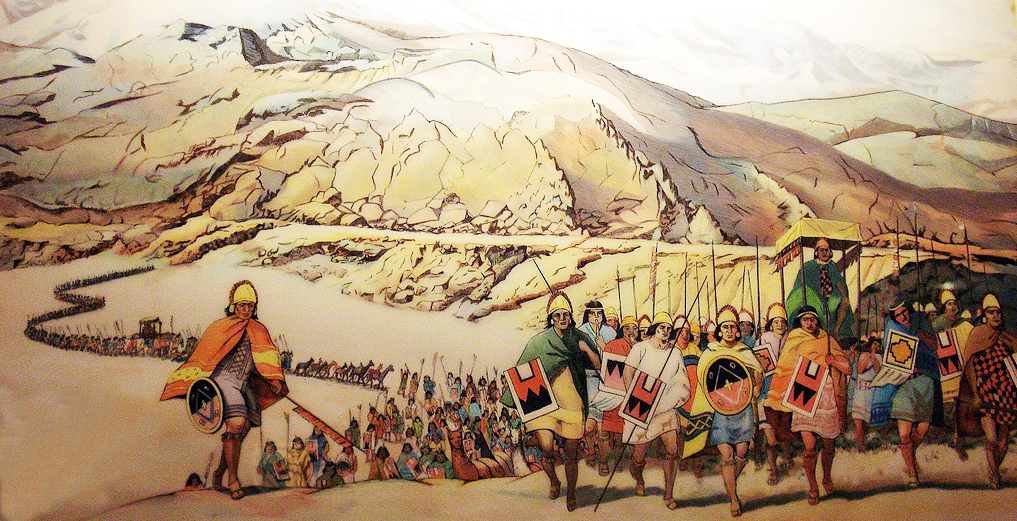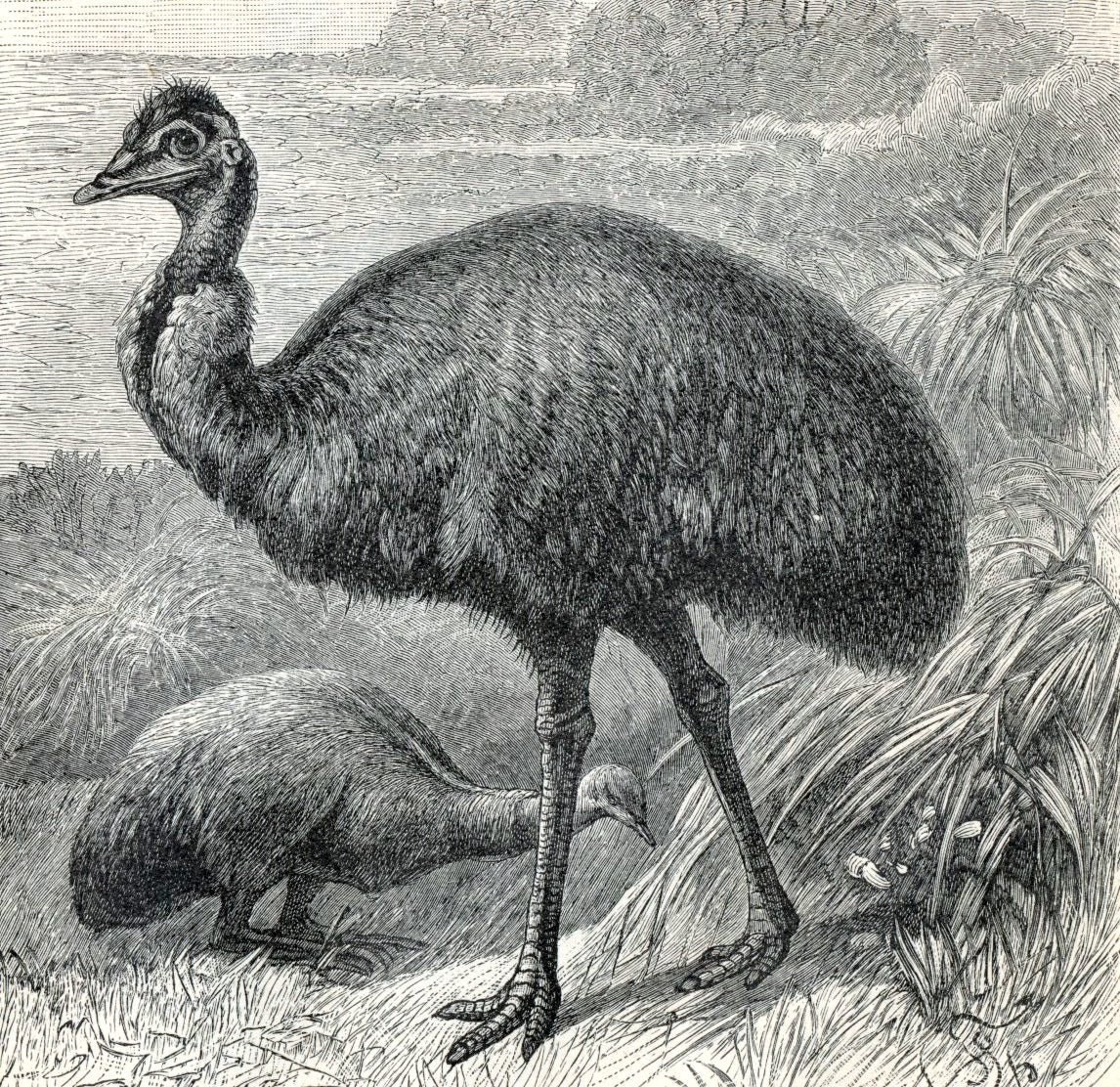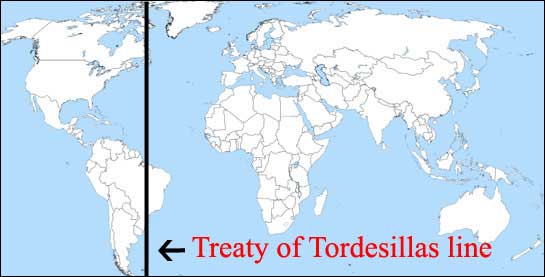Chapter 7: Make the Tawantinsuyu EVEN GREATER!
The Iron was discovered in the far south of the Tawantinsuyu Empire, an area that had long been on the fringes of the world for the empire. The most recent Sapa Inkas had campaigned to the north, not into the desert, and the area had remained a backwater. The local leaders had been friendly to Huallpa before the rebellion, a fact which Atahualpa considered necessitating his sending a large army southward to take control of the newly valuable mines. This proved conveniently useful in soothing various tensions in the empire. It got the army away from Cusco and soothed tensions there after the Machu Picchu Rebellion. It gave the army something to do, which appealed to the Quitians. And most importantly it would bring in much needed Iron to bolster the Tawantinsuyu military before more Spaniards showed up. So a firm imposition of imperial rule into the south was in everyone's interest. The Atahualpa began to consider a bolder plan. Perhaps there was more Iron to the south (there wasn't) he argued, the captured Spanish had told tales of the where the Great Western Sea of the Spanish met the Great Western Sea that the Tawantinsuyu, could that be found? Atahualpa sold his southern campaign well, as a way to return to what was right for the empire. Not fighting itself, not holding out against invaders but conquering. And it would be against an old enemy, the Mapuche.
The Mapuche were the first group to effectively stop the Tawantinsuyu advance southward into the desert. At the Battle of the Maule River sometime between 1470 and 1490 the Tawantinsuyu had been stopped and the border set. Unlike the northern campaigns or thrusts into the rainforest it was not a slow grind to a halt in conquest but a sharp defeat that had imposed a definite southern border on the Empire.
The flame of conquest still burned bright for the empire and the Mapuche seemed ripe for revenge against them. They had defied the empire once and Atahualpa was determined to not let it happen again. The Tawantinsuyu had new tools and weapons beyond what dreams they had when the lost at Maule, this time they could succeed. The Inka had turned a mission to secure Iron for Steel into an elaborate show of strength for the empire, or so he hoped.
Atahualpa staked much into this southern expedition, arguably more then what was needed. He sent many of his limited guns south along with quite a few horses and Spaniards, including Hernando de Soto, who was rapidly deciding that Atahualpa would be better to support fully rather then plotting elaborate coups, at least until more Spanish arrived. However the campaign was unarguably the hight of the brief era of Tawantinsuyu crossbow use, with all of the best shots in the empire heading south.
Heading this army was Rumiñavi, who Atahualpa had decided needed a break from stewing in the north waiting for more Spaniards to show up. Normally the Sapa Inka would lead a conquest, but Atahualpa felt his presence was needed in the capital to keep the peace along with Quisquis. Along with Rumiñavi was sent Manco Capac, who doubtlessly felt snubbed about not being appointed head of the army despite his royal blood and heroics during the Machu Picchu rebellion. Unbeknownst to him Rumiñavi was under orders to ensure that Manco commanded no significant troops during the war, lest he become even more of a hero.
The first target were the Picunche, the northernmost of the Mapuche peoples. A loose grouping of clans occupied the area directly south of the border. They were copper workers with a scattering of bronze tools. Their defenses were largely earthworks surrounding their villages or strategically placed to slow invaders. They were well built to repel probing raids, but not so sturdy against a full assault. In (southern hemisphere) Spring of 1535 Rumiñavi began his attacks south of the border. The Picunche were not fools and were quick to put aside any petty squabbles that might have been occurring. But Rumiñavi acted quickly and began a strategy of isolating individual forces and scattering them with his vastly superior forces. The flat lands were perfect for him to use his limited horses to maximum effect. He could focus his cannon on earthworks, assured that his crossbows could take enemy fighters. Disease would be the greatest killer against the Tawantinsuyu on this campaign. Though even that would have its silver lining, the diseases would wreck the Mapuche as well. The subjection of the Picunche was a fast one as they were wholly unprepared for such a rapid assault. By December 1536 the last of the Picunche tribes was defeated. The defeated groups were forced to work in fields overseen by newcomers from the north. Those that attempted to resist were either killed or forced off their lands and pushed south or east. Those who went south were unlucky.
North of what would at some points in the multiverse be called Reloncaví Sound lived the Huilliche, the southernmost Mapuche groups. They had a similar structure of farming towns to the Picunche and similar earthen and copper defenses. They had one major advantage over their northern cousins, a toqui. A toqui, a term for ax-bearer, was a leader whom the Mapuche of an area unite behind and fight under. The toqui the Huilliche fought under was named Malloquete
1. With the forces of the whole area behind him he had the numbers to theoretically face Rumiñavi's force. But he held back do to the superior weaponry of the Tawantinsuyu, instead engaging in raids aimed at neutralizing these advantages. Malloquete managed to capture some horses to be used by his men, a dozen crossbows were stolen and a canon neutralized when its highly specialized crew was killed in their sleep. But Rumiñavi was nothing if not quick to learn and soon he's compacted his army making it much harder to raid. And he pushed ever southward. Malloquete didn't have complete authority over his followers however, they agreed to make him toqui, and many of then don't like their homes being destroyed and reorganized into communal farms and all of their crops being seized. To them the raiding assaults were not enough to stop the Tawantinsuyu and they made their voices heard. It is unknown how much internal pressure forced Malloqute to give open battle and how much it was that he was nearly out of food.
In any event the battle took place near enough to the shores Reloncaví Sound for it to take that name. As Rumiñavi meandered towards the shore Malloqute used his tiny calvary force as a distraction to distract from his main assault on the Tawantinsuyu flank. The mainly Quitian Army was not used to open warfare and so proved slow to react. But they did not break even and everything their opponents had was thrown at them. Their crossbows began to fire, their guns roared as the stayed together in a square. When the survivors came nearer the square broke into individual battles, where the better training of the Tawantinsuyu won the day. By now it was the winter of 1537 and Rumiñavi used that time to set up proper administration in the newly conquered lands, building storehouses, recruiting runners and planning roads. Those that resisted were forcibly removed westward, but the area remained relatively uncivilized by Tawantinsuyu standards. Here is where Manco Capac came into the fore, organizing while Rumiñavi conquered. He began the long process of assimilating the conquered people into the Empire raising up nobles from more cooperative families, in doing so he created a new class that was nominally loyal to the Sapa Inka and defiantly loyal to him. He also collected samples of guano, which the locals used as a fertilizer, to see how useful it would be in the mountains. Those who were forced out fled to the Chiloé Archipelago, where the Tawantinsuyu didn't really bother to follow, or east.
Malloqute himself would be killed in a skirmish between families in the Chiloé
Rumiñavi had planned to finish his conquests in 1538 with a thrust eastward to conquer the final Mapuche group, the Moluche, however he was recalled north, with much of his army. The Spanish had come once again.
But let us put that aside and consider the fate of the Huilliche and Picunche who had fled or been forced eastwards. They would initially try to settle with the Moluche, but despite their similar cultures they were a different people and conflicts arose. Initially the immigrants had an advantage due to the small bits of technology they had pilfered and social chaos due to plagues. But the Moluche had the numbers and soon adapted. Some migrants assimilated but some were forced even further eastward. And so they fled into the desert, with a few horses, a few crossbows, and a tiny amount of iron tools. Many died in the grandiosely titled "Mapuche Exodus" but those that survived found a new land. It was a strange land with strange birds that were taller then any they had ever seen, but it was fertile and with a river larger then they had ever seen. Their interactions with the locals would be mixed, some would assimilate and some would conquer all as disease burned its path. But it was a new home for those who had crossed the desert and survived.
_____
1: He would earn his fame IOTL fighting the Spanish in the early 1640's. Here his career is moved up a bit.








